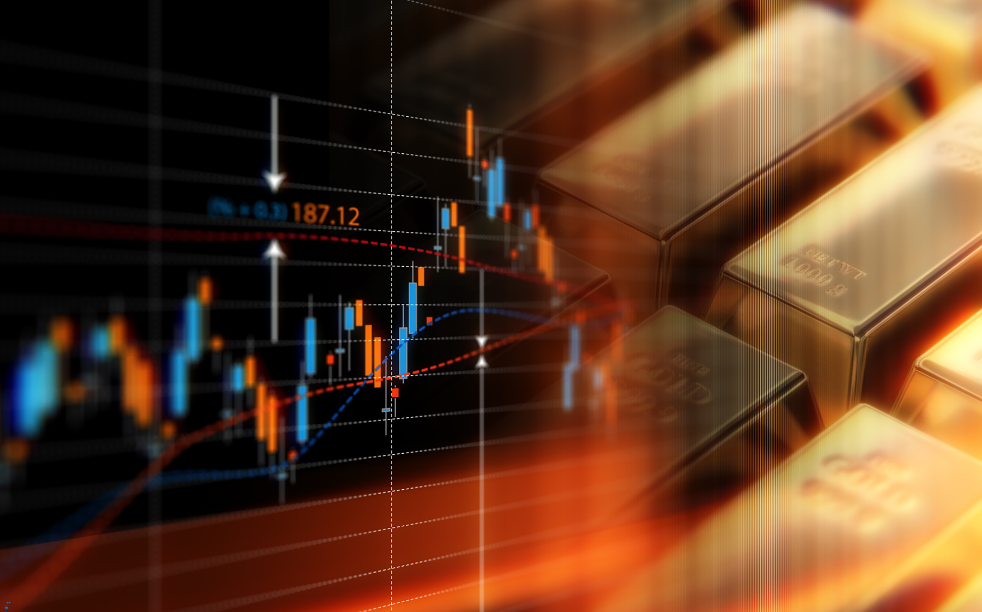The commodity derivatives market is an attractive and fully legal investment channel in Vietnam. Commodity derivatives trading is licensed by the Ministry of Industry and Trade and conducted through exchanges. It is a reputable and effective investment channel, provided that investors have a clear understanding of the market and a suitable investment strategy.
Two-way profitability: Investors can profit both when the market rises and when it falls.
Transparency: The market is global and interconnected with international commodity exchanges through Trading platforms. Investors trade based on the fluctuations of actual commodities, ensuring that the market is not controlled or influenced by market makers.
Legality: Commodity trading is licensed by the Ministry of Industry and Trade and conducted through exchanges.
T+0 Trading: Investors can place and close orders within the same trading session, making it suitable for short-term investors who are passionate about “swing trading.”
High Leverage: Investors only need to deposit 5-12% of the value of the commodity being traded, allowing them to optimize their capital and achieve higher investment returns.
Investing in commodities certainly carries inherent risks. However, investors have many solutions and tools available to effectively manage these risks when they arise.
To minimize risks when investing in commodities, investors should:
- Conduct thorough research: Understand the commodity market, different types of commodities, and the factors influencing prices.
- Diversify portfolio: Avoid concentrating too much on a single commodity.
- Use risk management tools: Set stop-loss and take-profit orders to limit potential losses.
- Monitor the market regularly: Stay updated with the latest information to make timely investment decisions.
- Seek expert advice: If you’re a beginner, consult financial experts for guidance.
Each type of commodity has different value and trading volume requirements on the exchange, investors who want to trade a commodity futures contract only need to deposit a margin equivalent to 5–12% of the total actual value of the commodity lot.
The amount required to trade a commodity futures contract is not fixed and depends on many factors:
- Type of commodity: Each type of commodity (crude oil, gold, or agricultural products…) has a different contract value.
- Exchange platform: Each exchange has its own regulations regarding contract size and margin requirements.
- Trading Timing: Commodity prices fluctuate continuously, causing the contract value to change accordingly.
- Type of Contract: Futures contracts, options, and other derivative products require different margin amounts.
However, it is important to note that you don’t need the full contract value to participate in trading. Instead, you only need to deposit a margin, which is a small fraction of the contract’s value. This margin acts as collateral to secure your trades.
For example: If the value of a crude oil futures contract is $10,000, you may only need to deposit $1,000 as margin to participate in the trade. This means you can control a large amount of assets with a relatively small amount of capital.
Advantages of using margin:
- Increased profit potential: With a small amount of capital, you can achieve significant profits if commodity prices move as predicted.
- Enhanced flexibility: You can easily close your positions and withdraw funds when needed.
To determine the exact amount needed to trade a specific futures contract, you should:
- Contact the exchange: Each exchange will provide detailed information about the trading products and margin requirements.
- Use online tools: Many exchanges offer online margin calculators that allow you to estimate the required margin on your own.
To invest in commodity derivatives, you need to equip yourself with the necessary knowledge to understand the commodity market, master investment tools, grasp both technical and fundamental analysis, and prepare both financially and mentally.
Basic steps to begin investing in commodities:
- Learn about the market: Read books, articles, join courses, and participate in forums to equip yourself with the necessary knowledge.
- Open a trading account: Choose a reputable exchange and open a trading account.
- Select investment products: Choose commodities that align with your goals and risk tolerance.
- Build an investment strategy: Develop a clear trading plan, including objectives, investment timeframe, stop-loss levels, and take-profit targets.
- Execute trades: Place buy and sell orders according to your pre-defined plan.
- Monitor and evaluate: Regularly assess your trading results and adjust your strategy if needed.
Note: Investing in commodities is a complex activity. It’s essential to conduct thorough research before making any decisions and consult experts if necessary.
Exchanges collect fees to maintain their systems, provide services to investors, and ensure market liquidity.
How to minimize transaction costs?
- Choose exchanges with competitive fees: Compare fee structures across different exchanges to find the lowest-cost option.
- Increase transaction volume: Higher trading volumes usually result in lower average fees per transaction.
- Use online trading tools: Many exchanges offer free or low-cost online trading platforms.
Although the potential for profit is attractive, participating in this market comes with certain costs. Here are the common types of fees you may encounter when investing in commodities:
- Transaction fees: This is the fee you pay to the exchange every time you execute a buy or sell order. Transaction fees can be calculated as a percentage of the trade value or set as a fixed fee.
- Data fees: Many exchanges charge fees for providing market data, analytical tools, and other essential services to investors.
- Custody fees: This is the cost of safeguarding your assets on the exchange.
- Commission fees: If you trade through a broker, you will also need to pay commission fees for their services.
Factors affecting transaction costs
- Type of commodity: Different commodities come with varying transaction fees.
- Exchange platform: Each exchange has its own fee structure.
- Type of transaction: Trading futures contracts, options, or other derivative products will incur different fees.
- Transaction size: Larger transactions often have lower fees compared to smaller ones.

